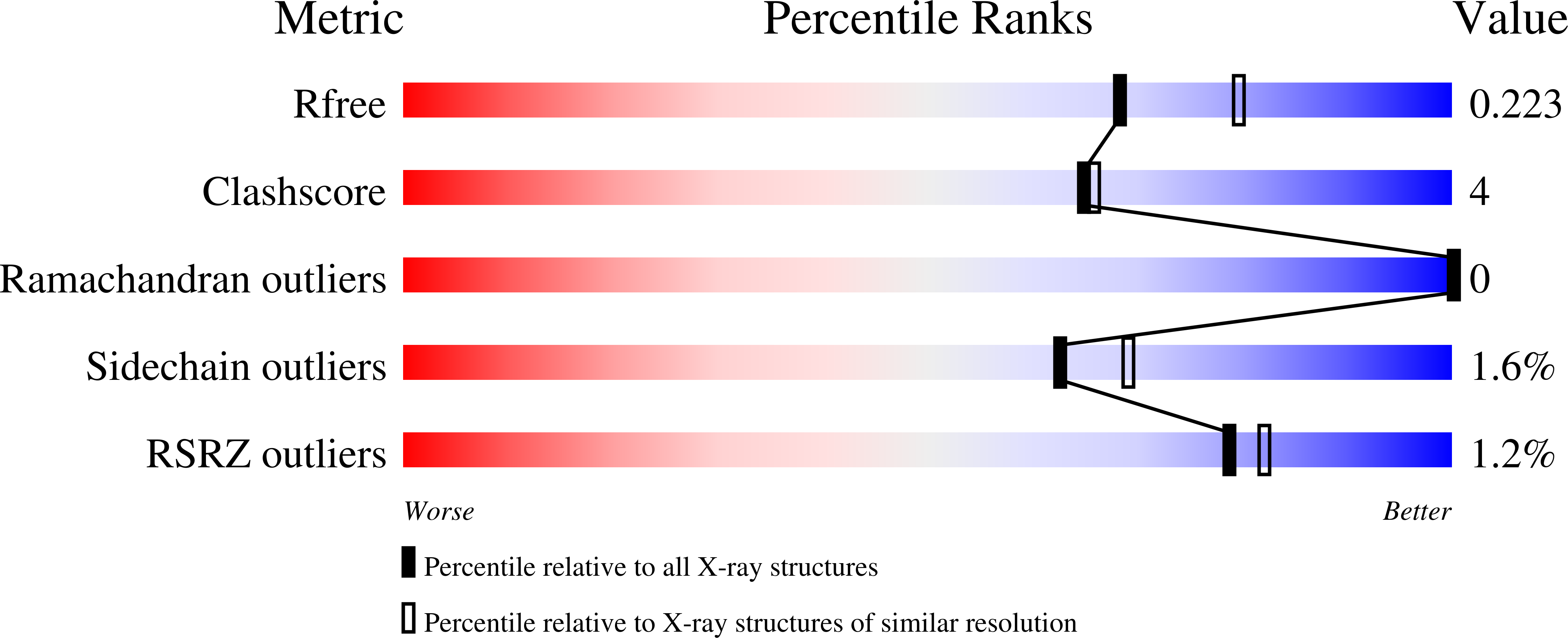
Deposition Date
2017-08-08
Release Date
2018-06-20
Last Version Date
2024-11-13
Entry Detail
PDB ID:
5OOK
Keywords:
Title:
Structure of A. marina Phycocyanin contains overlapping isoforms
Biological Source:
Source Organism:
Acaryochloris marina (Taxon ID: 155978)
Method Details:
Experimental Method:
Resolution:
2.10 Å
R-Value Free:
0.21
R-Value Work:
0.19
R-Value Observed:
0.19
Space Group:
P 63


